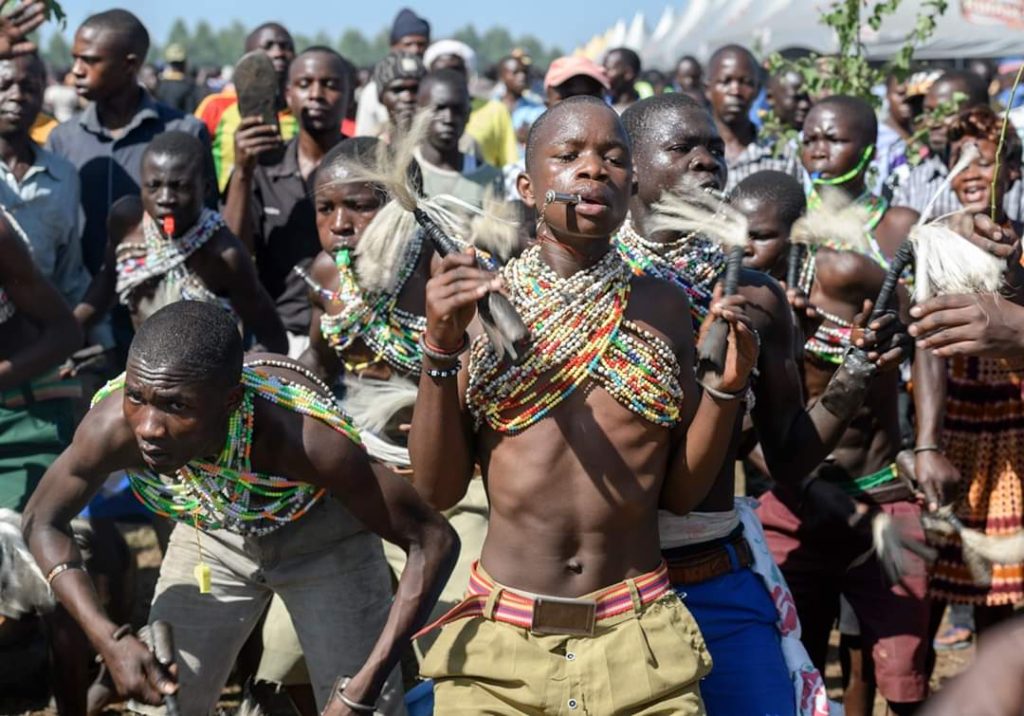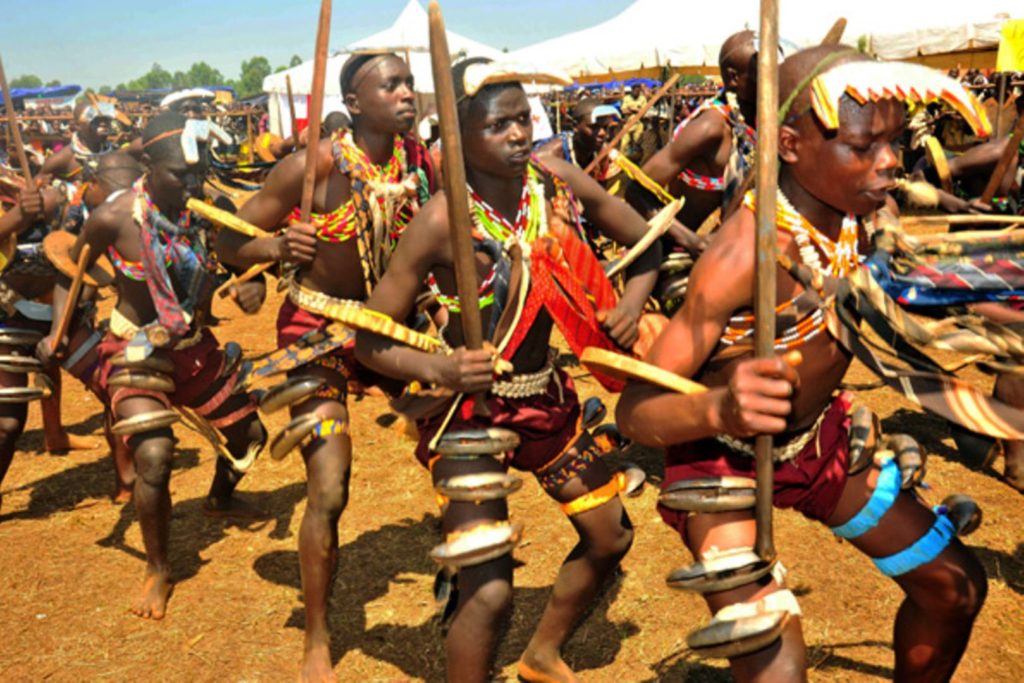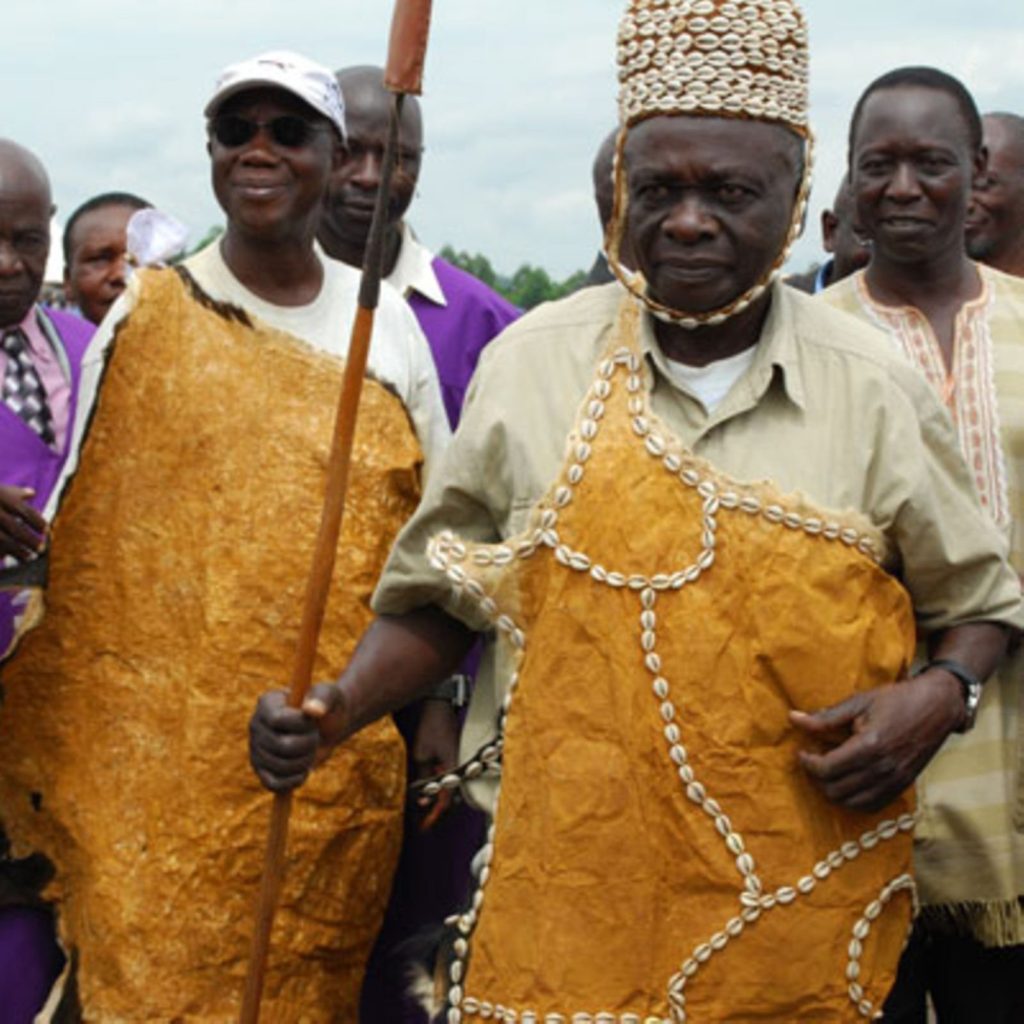The bagisu and their culture
The bagisu and their culture : The Bagisu people do not have a history of early migration. They claim that their forefathers, Mundu and Sera, emerged from a hole in Mountain Masaba according to folklore. Their upbringing appears to have been antisocial and almost entirely predicated on the idea of “survival of the fittest.” Although very little is now known about their past, they are understood to be related to the Bukusu, a subgroup of the Kenyan Luhya.

Sometime in the 1800s, the Bagisu and Bukusu are thought to have split apart. It is out of style to follow the custom that says they have always resided in this location throughout history. The earliest known immigrants to the Bugisu area are said to have been from the eastern plains, moving into the Mt. Elgon area in the sixteenth century.
It is believed that they first lived on Kenya’s Uasin Gishu plateau. Although they appear to be the result of mingling people from many backgrounds and cultures, their ancestors ought to have spoken Bantu given that’s how their language is spoken.
Rituals associated with circumcision
Even among the Bagisu themselves, there remains mystery around the true origin of this tradition. According to one tale, it started when Masaba, the ancestor of the Bagisu hero, desired to marry a Kalenjin girl, and the Banpa (Kalenjin) demanded it. According to a different narrative, the first person to be circumcised experienced a problem with his sexual organ and the procedure was initially performed as a surgical procedure to preserve his life.
Another legend holds that the first person to be circumcised received the procedure as a penalty for luring other people’s wives. According to legend, it was determined to circumcise him in order to partially castrate him. Following his recovery, he went back to his previous routines, and there were rumors that he had improved at his marital responsibilities. Other males likewise made the decision to become circumcised in order to compete favorably.

The people of Bagisu are extremely superstitious.
An initiate receives an administration of a certain plant known as ityanyi before to circumcision. Its aim is to stimulate the candidate’s interest in circumcision. The ityanyi is frequently fastened to the initiate’s big toe or positioned such that he may accidentally jump over it.
It is thought that the candidate who has taken the ityanyi may end up circumcising himself if he is delayed or prevented from doing so since his mind will be so excited by the process that he won’t be able to be distracted by anything else. The Bagisu practice circumcision twice a year during leap years. Once a male reaches puberty, the rite must be carried out.
Those who run away are pursued and cruelly and mockingly circumcised. The initiates are warmed up by walking and dancing through the villages for three days before to the day of circumcision. Their heads are painted with malwa yeast paste and dusted with cassava flour. There is a lot of singing and drumming as their family join them in dance.
The post-circumcision Bagisu
After forcing the initiate to sit on a stool, a piece of cloth is wrapped around him. Following that, he is brought to his father’s house and ordered to walk around it before going inside. The initiate is forbidden from using his hands to eat for three days. He’s been fed. It’s because he hasn’t fully transitioned into manhood, they claim.

The circumciser is requested to carry out the ritual of cleaning the initiate’s hands after three days. The neophyte is then permitted to eat with his hands following this procedure. That very day, the initiate is pronounced a man. That’s when tradition permits him to tie the knot. The initiate receives instruction on the responsibilities and expectations of manhood during the ritual.
He is also advised to always act like a man and told how essential agriculture is. It is thought that the number of goats killed during the circumcision of the initiate determines how quickly the wounds heal.
Following recovery
There is a ritual carried out. Every new initiate in the community is required to go. We call this ceremony Iremba. Everybody in the village, including government officials these days, attends this significant event. The initiate was free to choose any girl and engage in sexual activity with her during ritualistic activities. It was not expected of the girl to say no. It is said that she would never have children after getting married if she had declined.
If chosen, this presents issues for Christian women. In the past, circumcision was performed in enclosed spaces that were only accessible to the circumciser and the initiates. From outside the enclosure, the remainder of the assembly would simply observe and listen. However, everyone is now permitted to see the entire procedure. Bravery is demonstrated when an initiate exhibits firmness and courageous endurance.
We will inform you if your Uganda safari falls during a period when the public Imbalu Circumcision Ceremonies are held. These ceremonies offer an insight into the customs and culture of the Bagisu people.



